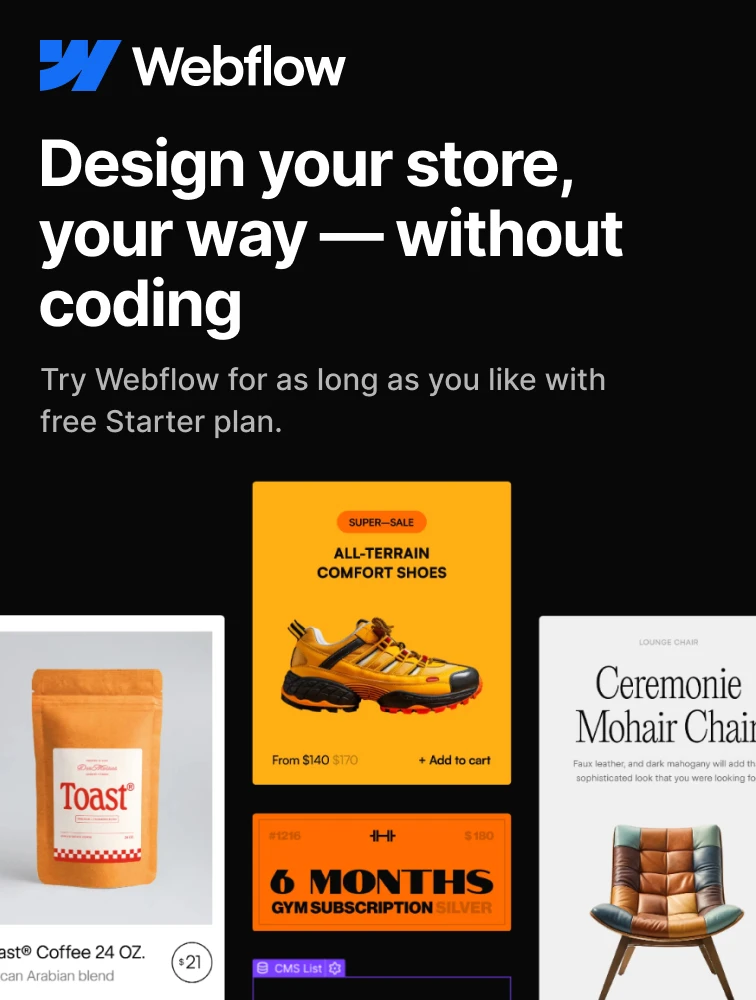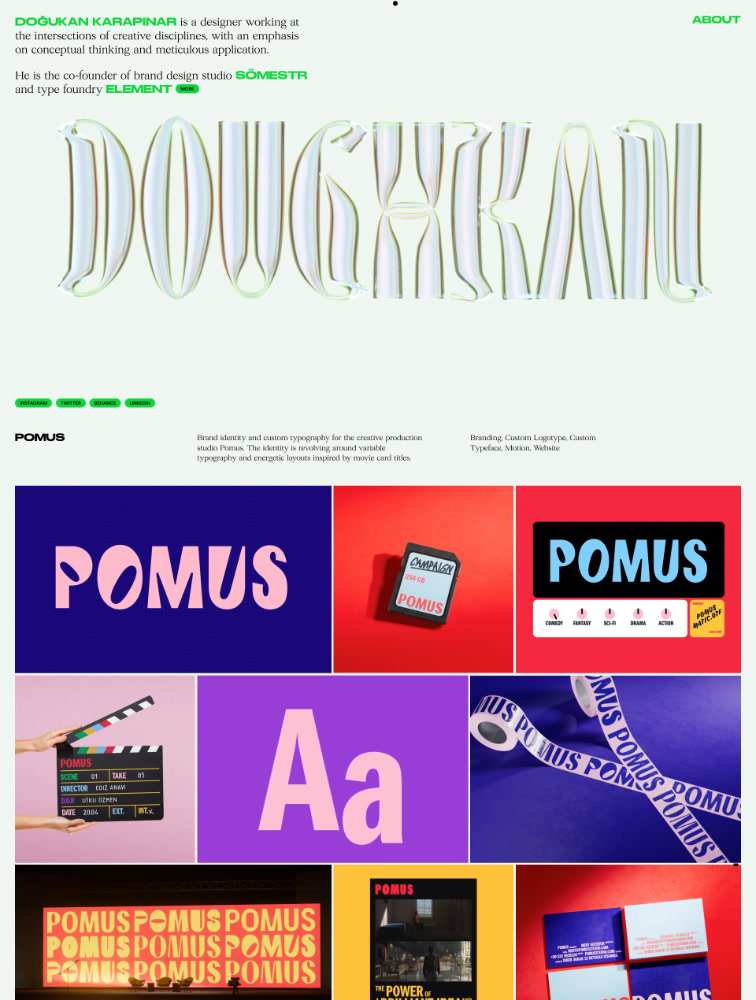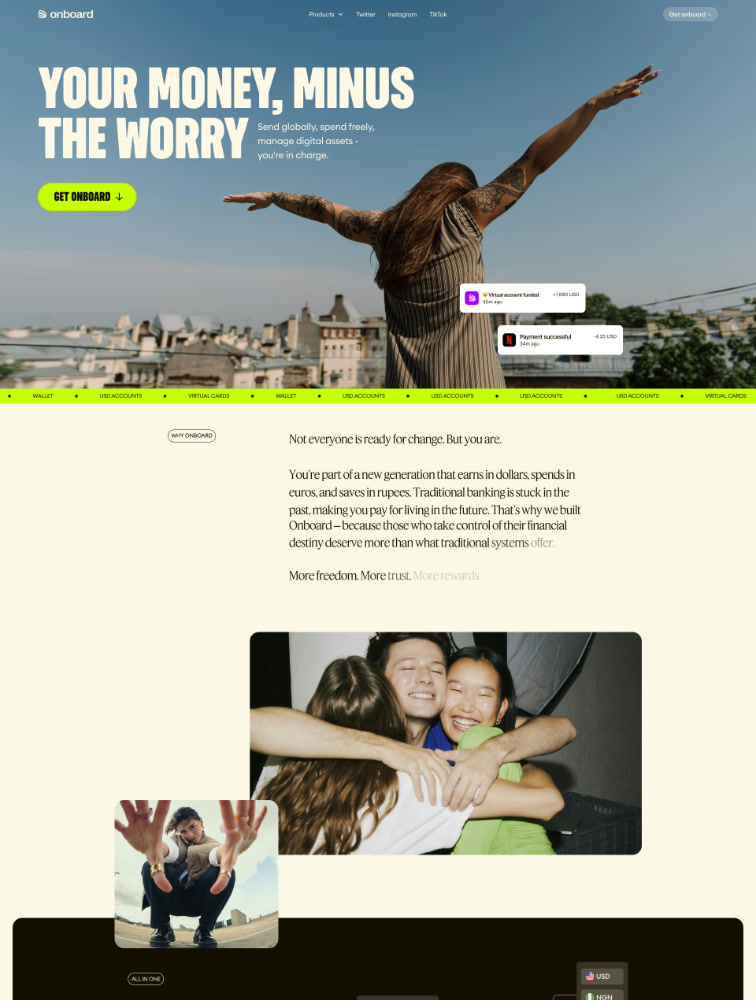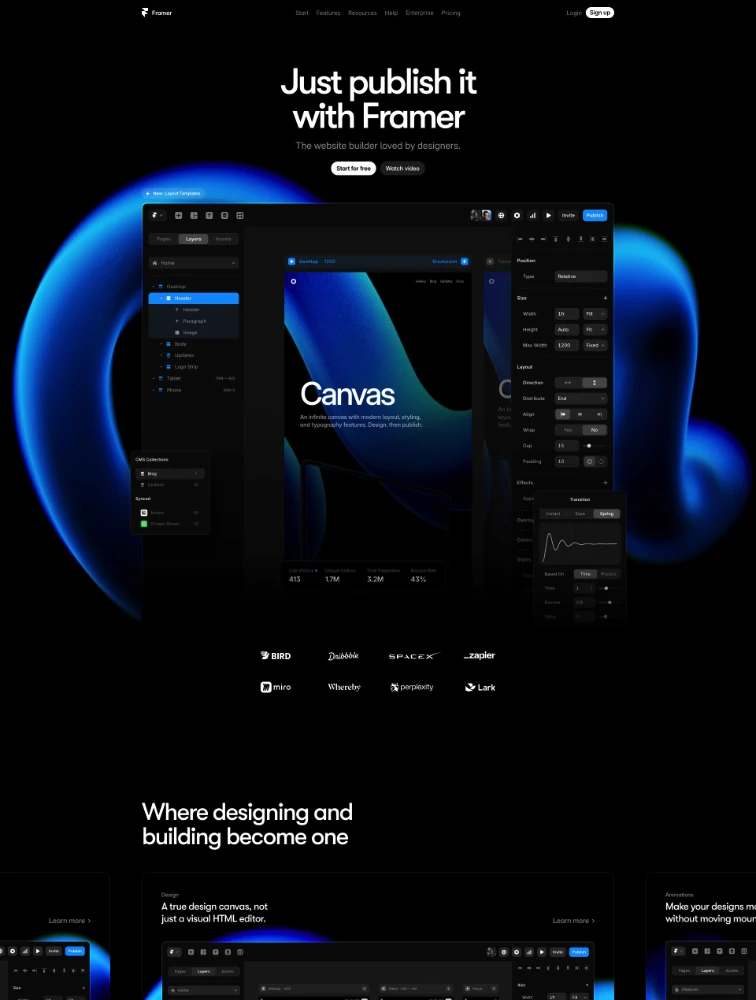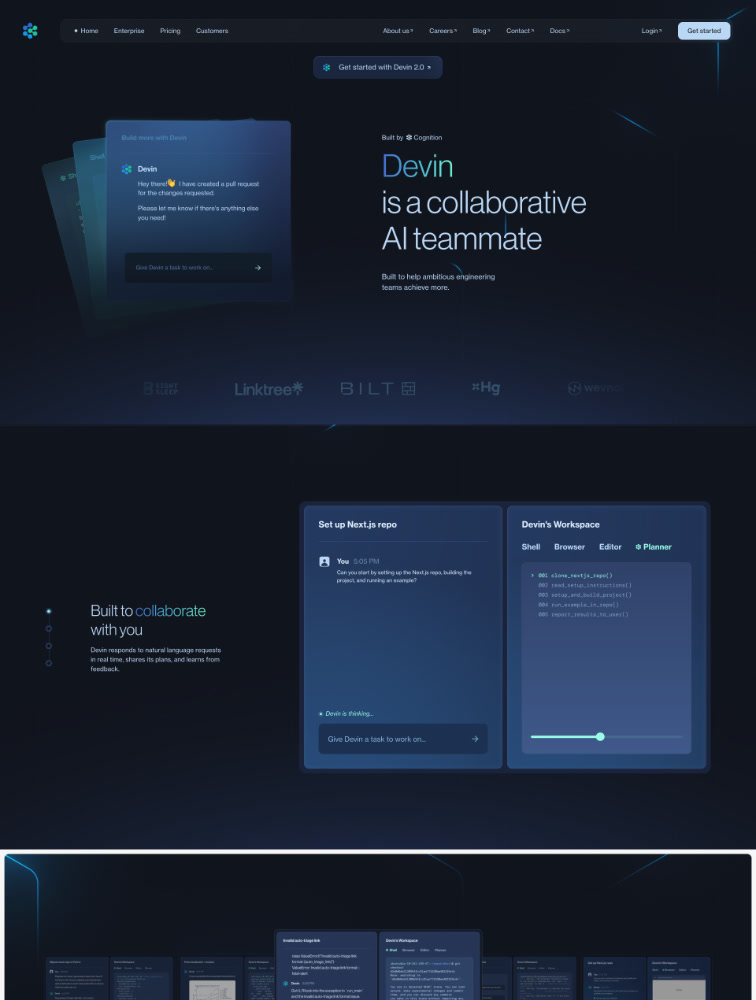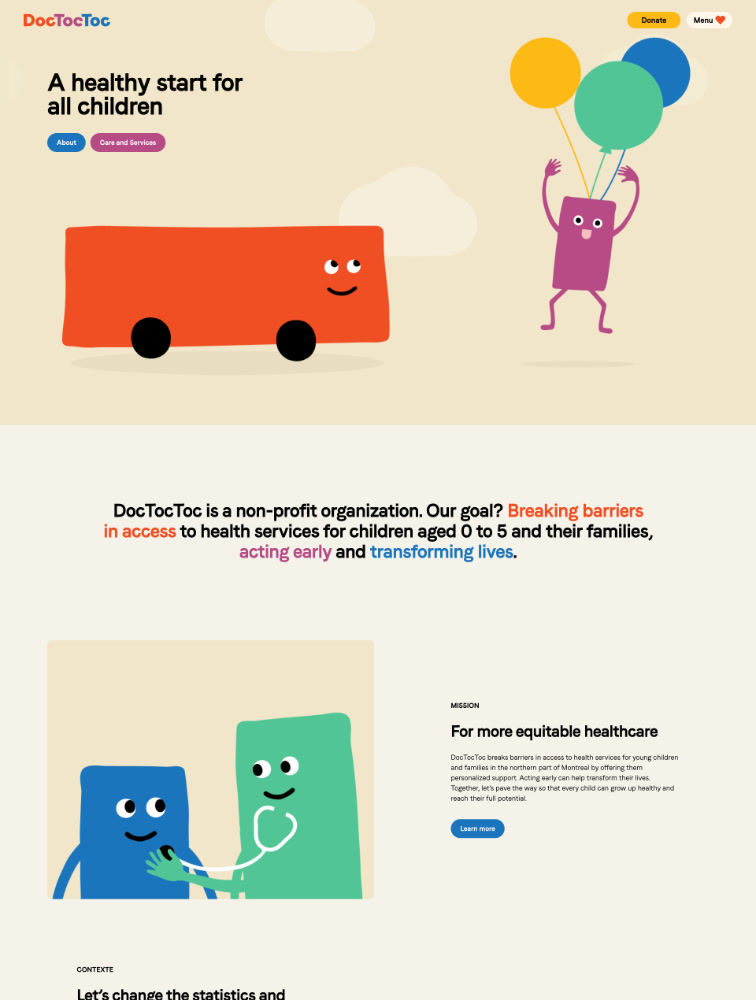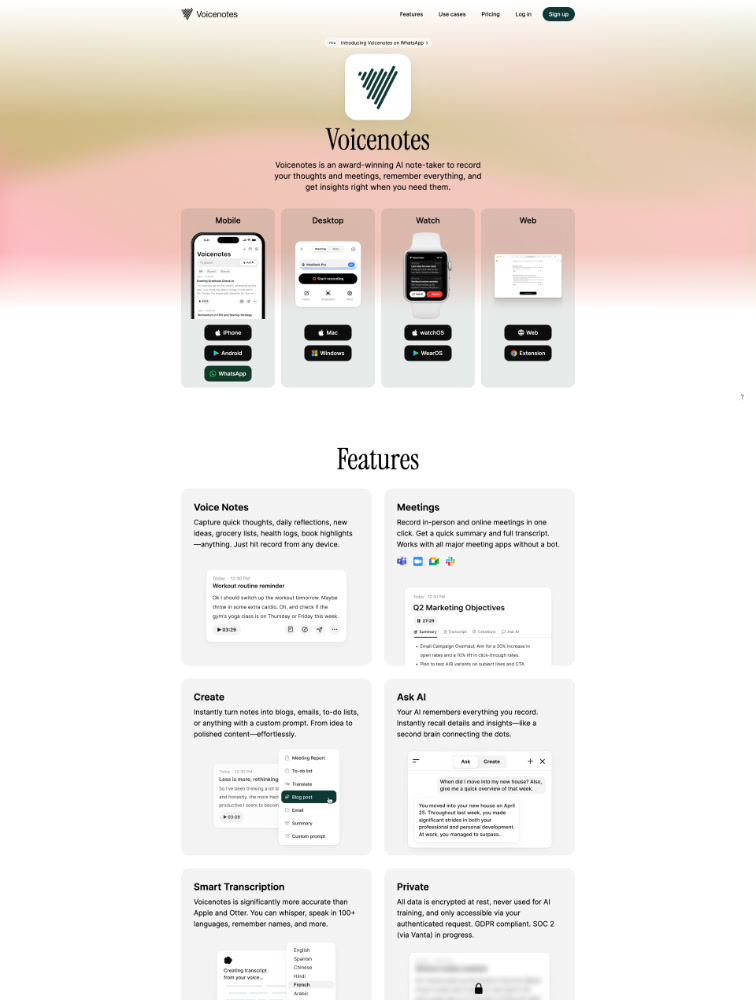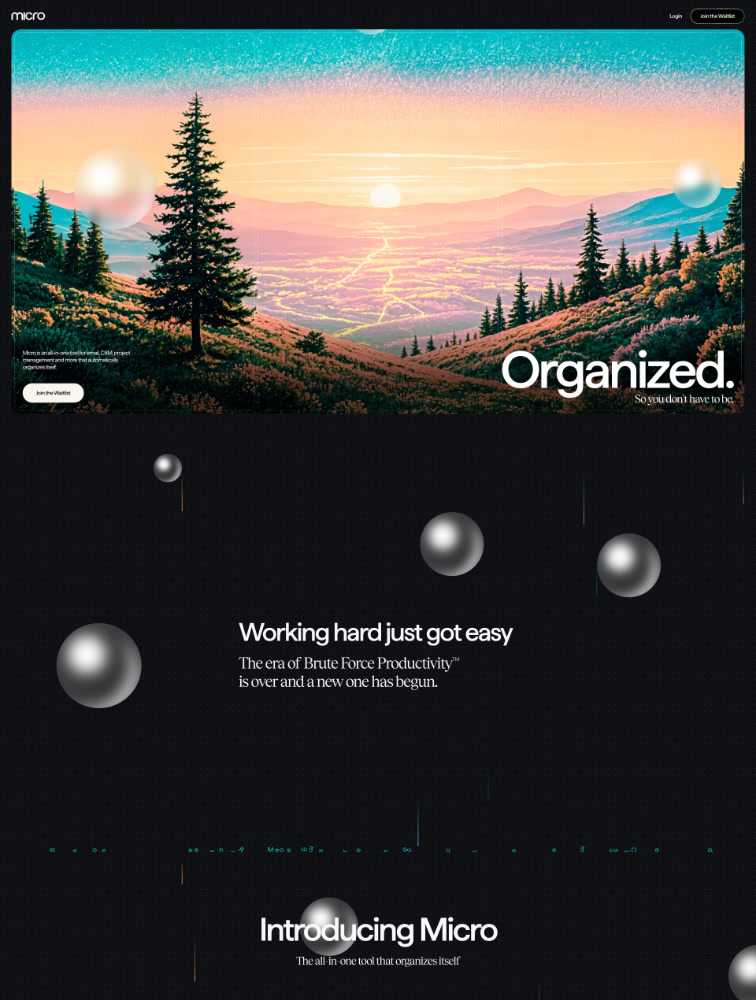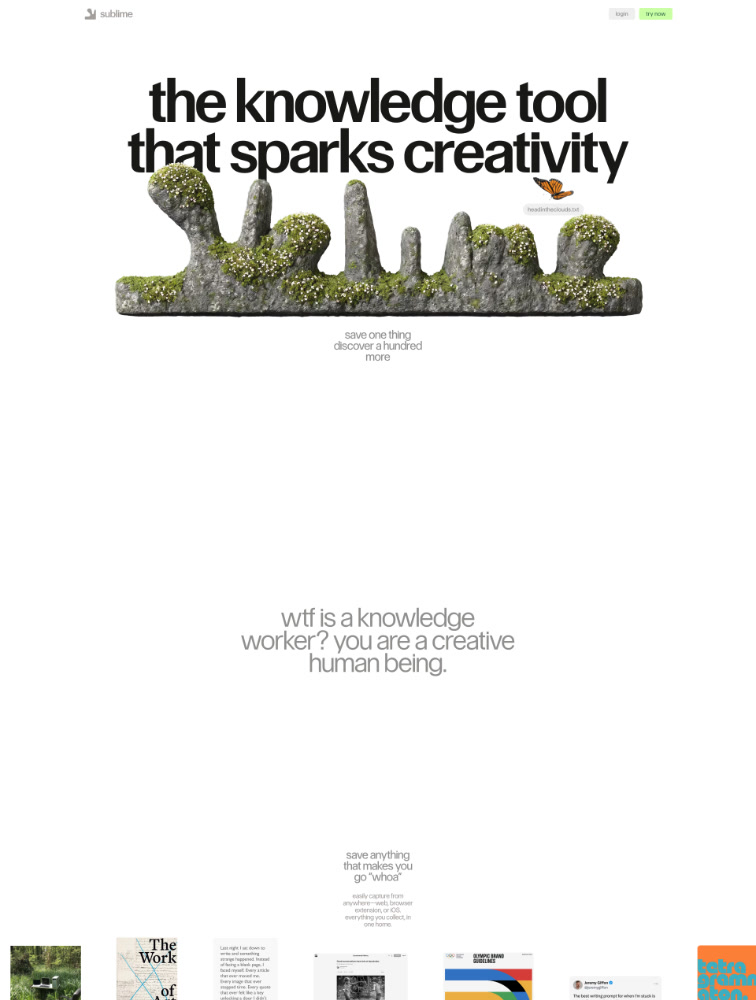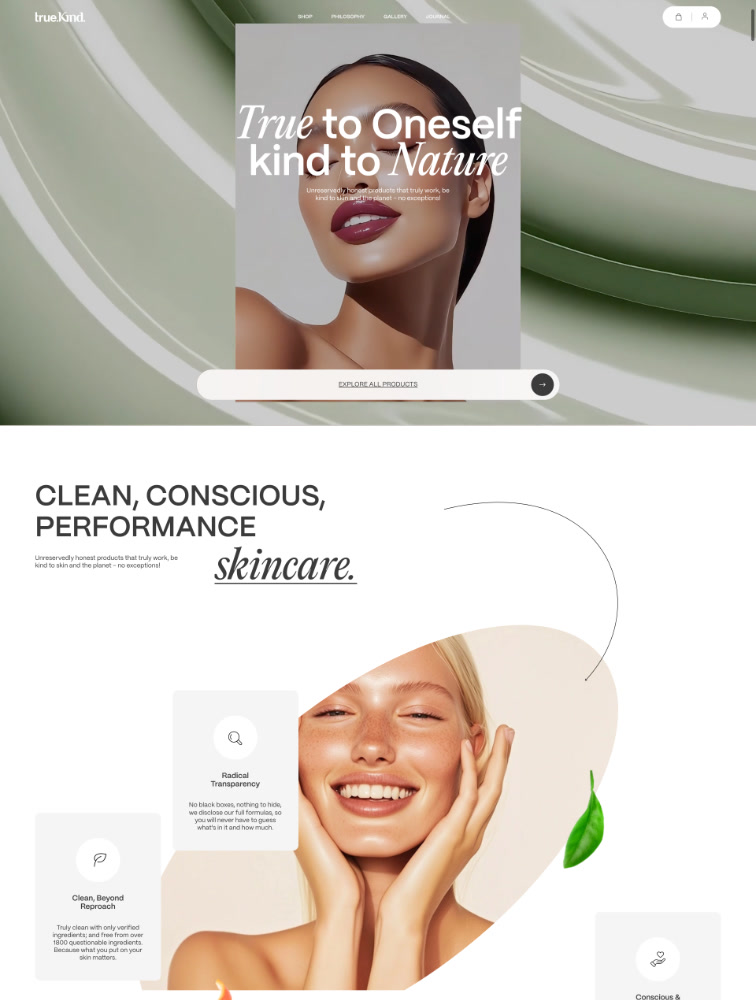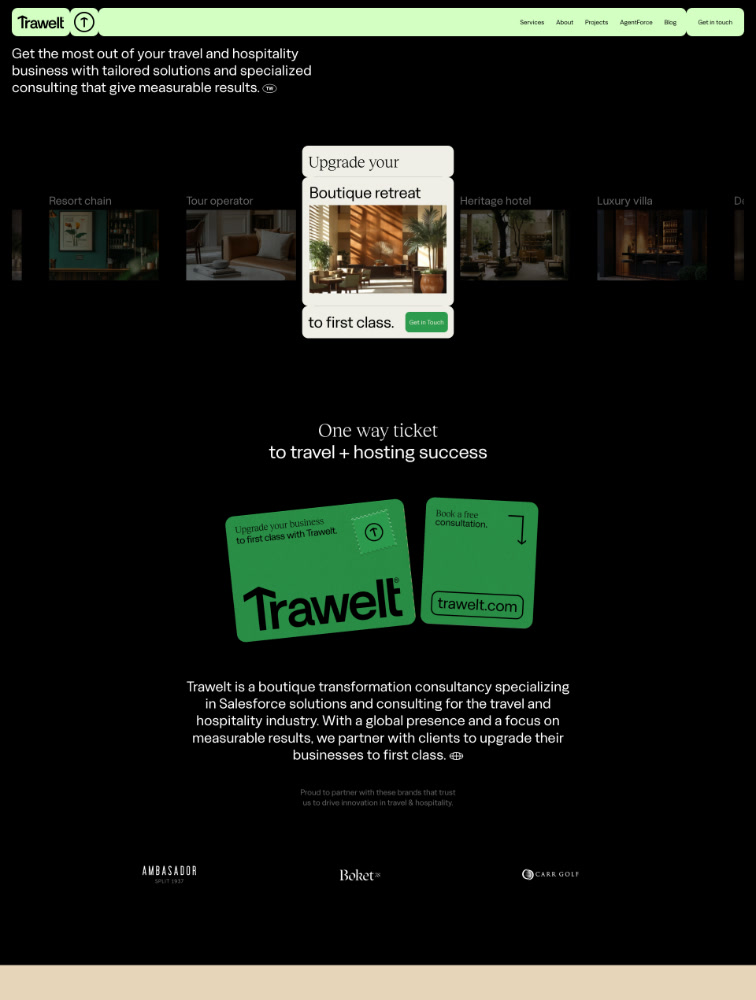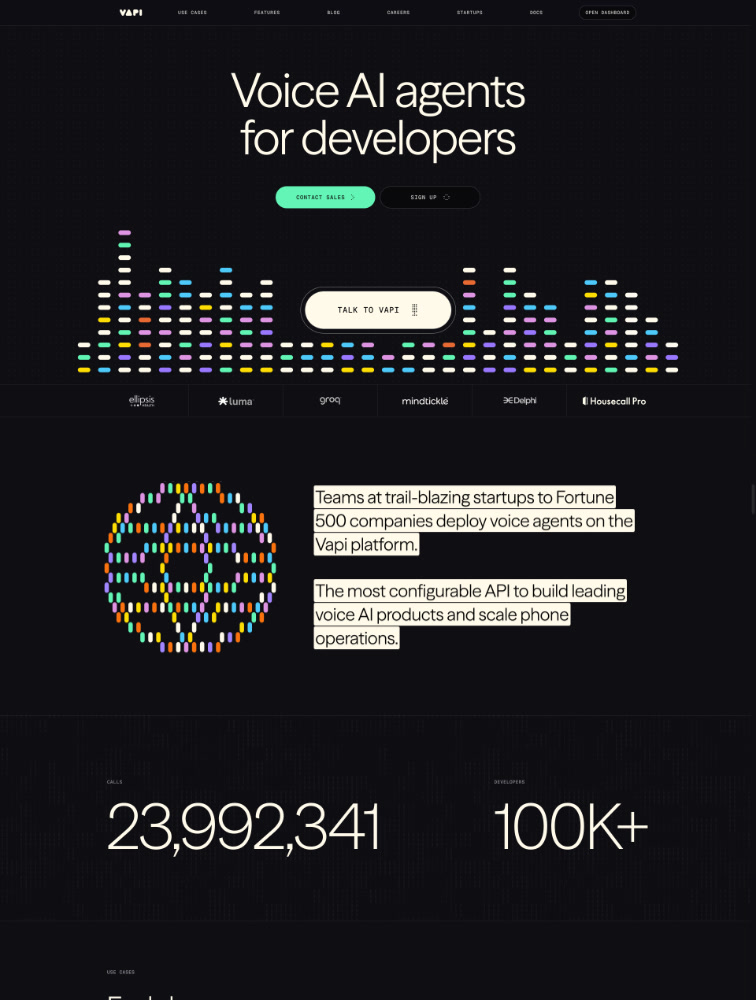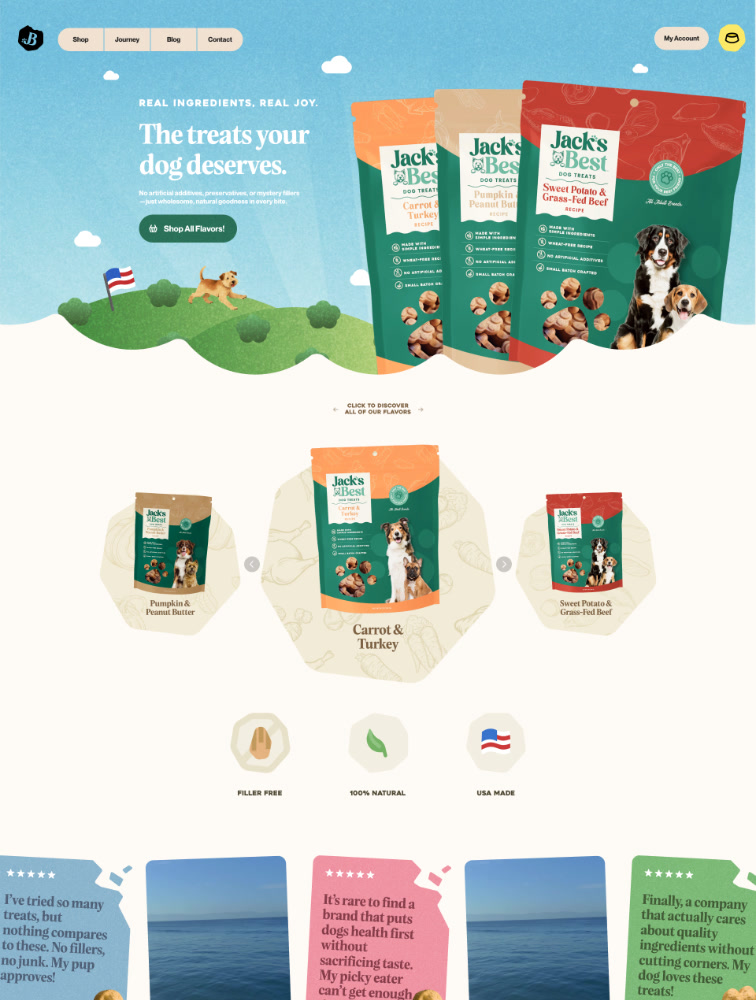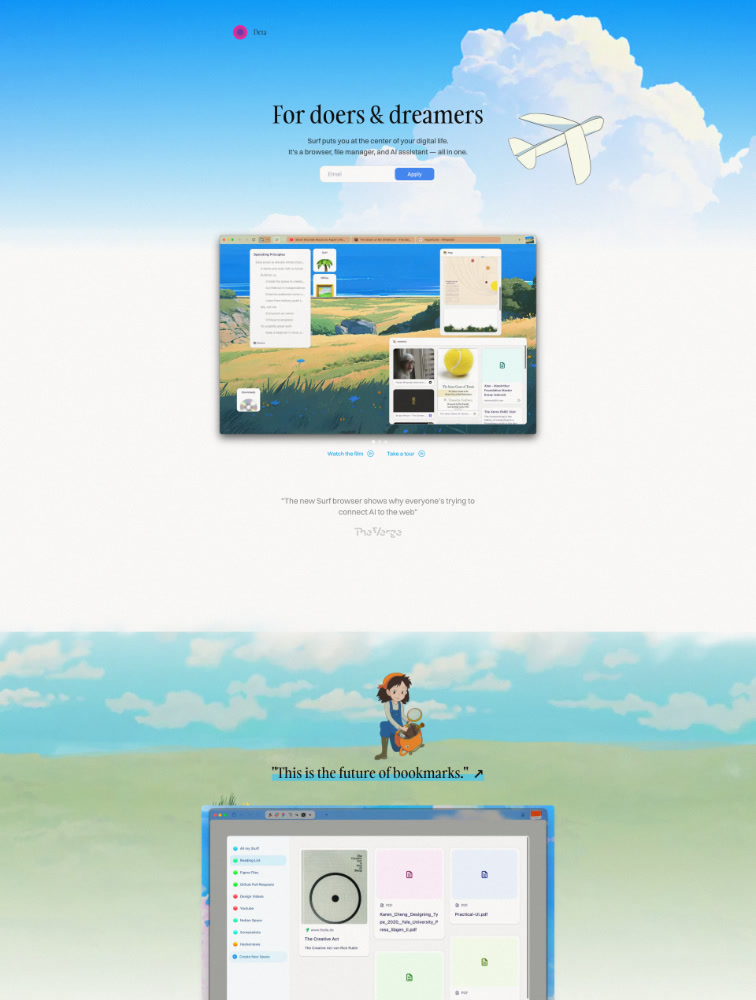Best Green Landing Page Design Inspiration
A curated collection of Green landing page design for your inspiration. Get inspired by real landing page examples, each review featuring a full screenshot and highlighting standout features.
Jack McDade
 Webflow
Webflow
 Doğukan Karapınar
Doğukan Karapınar
 Mobbin.com
Mobbin.com
 Onboard
Onboard
Ada
 Framer
Framer
 Devin
Devin
 Mesh Architects
Mesh Architects
 Hugo Baron
Hugo Baron
 Lightship
Lightship
DocTocToc
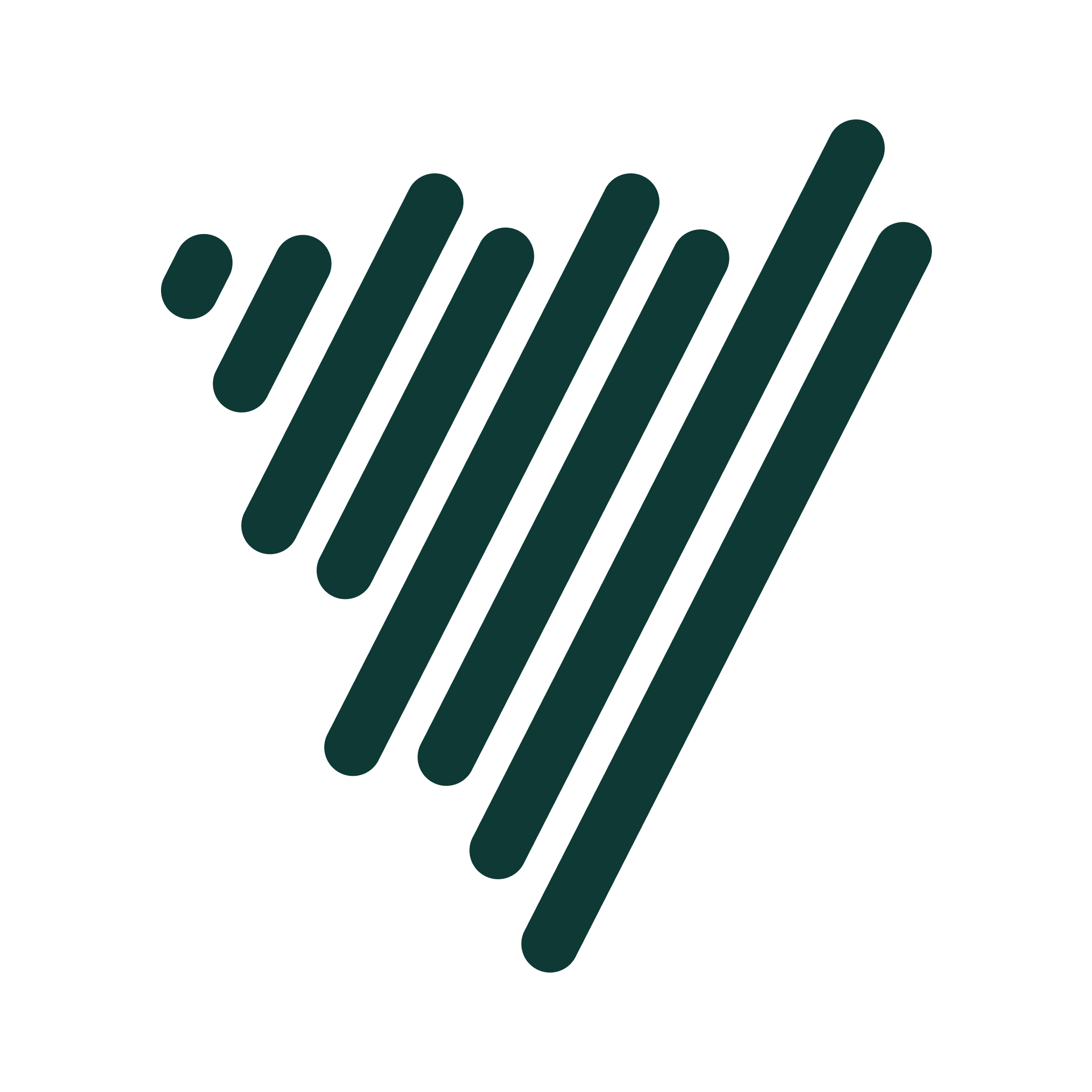 Voicenotes
Voicenotes
 Micro
Micro
 Sublime
Sublime
 TrueKind
TrueKind
 Trawelt
Trawelt
 The Playa
The Playa
 Vapi
Vapi
 Jack’s Best
Jack’s Best
 Deta Surf
Deta Surf
 Irys
Irys
 OFF MENU
OFF MENU
Frequently Asked Questions
Everything you need to know about green landing pages
Why use green in landing page design?
Green is a powerful color choice for landing pages because it conveys specific psychological associations and creates distinct emotional responses. Green landing pages work particularly well for certain industries and brand personalities where the color's natural associations align with the message. When used strategically, green backgrounds or accents can significantly impact conversion rates by directing attention to key elements, creating appropriate mood and atmosphere, reinforcing brand identity, and differentiating from competitors. The key is understanding color psychology and ensuring green supports rather than conflicts with your value proposition and target audience preferences.
What types of brands work well with green landing pages?
Green landing pages work exceptionally well for specific brand types and industries. The color's psychological associations make it ideal for brands wanting to communicate certain values or emotions. When choosing green for landing pages, consider whether your brand personality, target audience, and product category align with the color's natural meanings. Some industries naturally benefit from green while others may find it creates cognitive dissonance. Test green with your specific audience, as color perception can vary by culture, age group, and individual preference. The most successful green landing pages use the color intentionally to enhance messaging rather than as arbitrary aesthetic choice.
What are best practices for designing green landing pages?
To design effective green landing pages that convert: (1) Ensure sufficient contrast between green elements and text for readability, meeting WCAG accessibility standards of at least 4.5:1 contrast ratio, (2) Use green strategically rather than overwhelmingly - as accent color, background, or highlight depending on intensity, (3) Pair green with complementary colors that enhance rather than clash, (4) Test different shades and tones of green to find the right balance for your brand, (5) Consider cultural associations with green if targeting international audiences, (6) Make CTA buttons stand out against green with high-contrast colors, (7) Use green consistently with your overall brand color palette, (8) Test on different devices and in various lighting conditions, and (9) A/B test green against alternative colors to measure actual impact on conversion rates.
How does green affect landing page conversion rates?
Green can significantly impact conversion rates both positively and negatively depending on implementation, industry, and audience. The color's psychological effects influence visitor perception, emotional response, and action-taking behavior. When green aligns with brand positioning and audience expectations, it can increase conversions by creating appropriate mood, improving readability and visual hierarchy, making CTAs more noticeable, and differentiating from competitors. However, poor green implementation can reduce conversions through readability issues, audience mismatch, or inappropriate emotional associations. Best practice is A/B testing green against alternatives with your specific audience and conversion goals, as color impact varies significantly by industry, product type, and demographic factors.
What are common mistakes with green landing pages?
Common green landing page mistakes include: (1) Insufficient contrast making text difficult to read, particularly problematic for accessibility, (2) Overuse of green creating visual overwhelm or monotony, (3) Choosing green based solely on aesthetic preference rather than strategic purpose, (4) Ignoring cultural color associations that may differ across target markets, (5) Making green compete with rather than complement CTAs, (6) Using green inconsistent with brand identity creating confusion, (7) Failing to test green on different devices and screen types, (8) Applying trendy green shades that quickly date the design, (9) Not considering how green reproduces in print or other media if relevant, and (10) Assuming green will universally appeal without audience testing. Successful green landing pages use the color purposefully to enhance conversion rather than hinder it.

